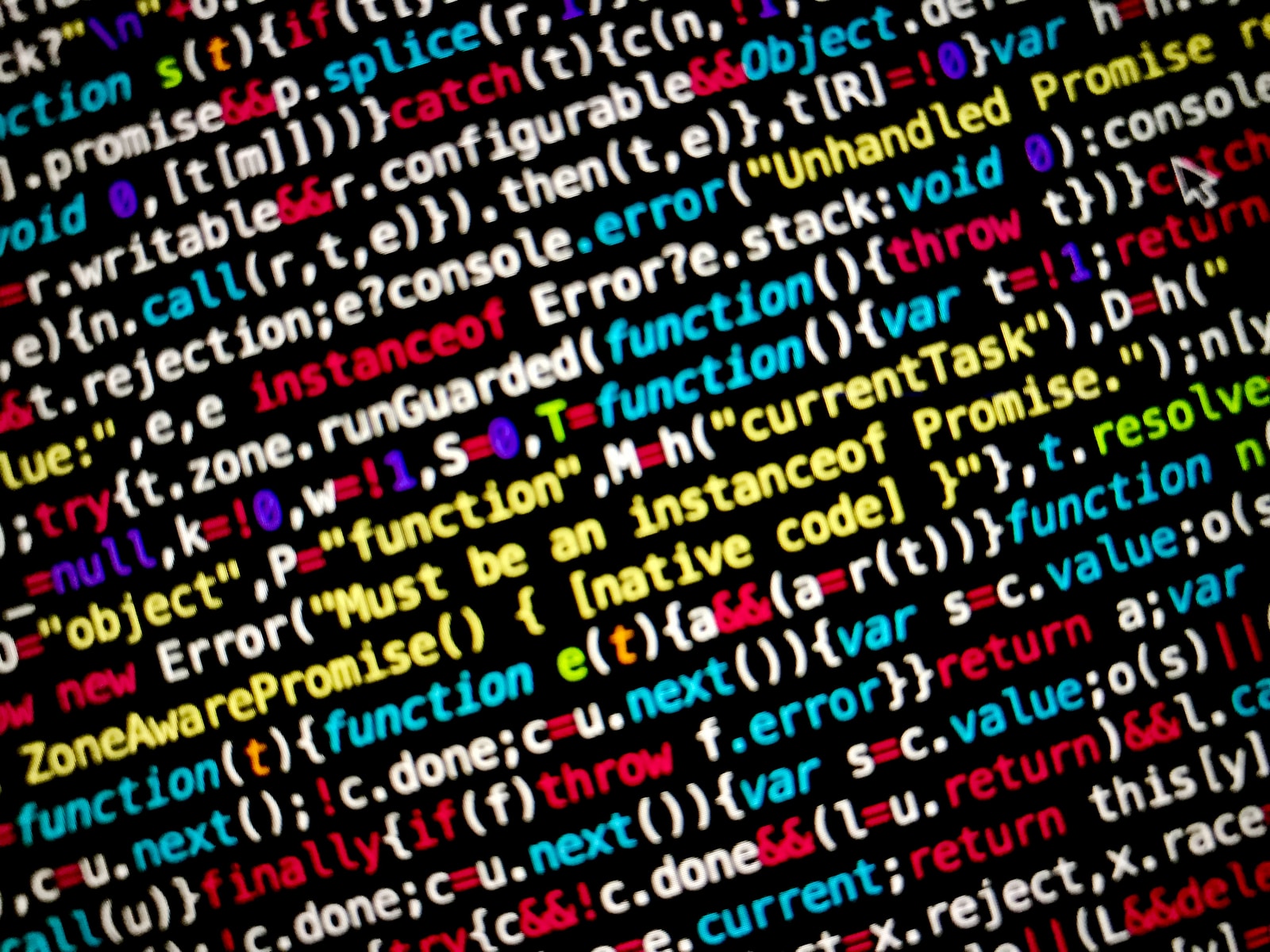The need for technology has increased tremendously over the years. As a result, companies now rely heavily on technology to increase their revenue. Programming is one of the most important skills that is driving this change. Far from being an easy skill to learn, programming requires a lot of specialized knowledge.
Therefore, the increased need for specialized knowledge and skills is a barrier to entry for many entrepreneurs. Thus, many companies fail because they lack competent entrepreneurs or do not have enough capital to hire qualified IT staff.
However, 2021 ushers in an era of self-service. Therefore, there are more easy solutions to apply to technological changes, especially to programming. No-code is a solution that both technical and non-technical entrepreneurs can implement to realize their dreams without lack of knowledge standing between them.
What is no-code development?
No-code development refers to the ability to build and deploy applications without writing lines of actual code.
It is therefore a growing alternative to manual coding. As a result, it allows non-technical developers to build complete applications without coding. As a graphical means of building software, a no-code platform involves drag-and-drop application development. In this way, no programming knowledge is needed to create functional applications.
How does the No-Code work?
The developer rearranges the components to build the application on the outside, while the pre-existing code blocks are moved and manipulated internally to provide the result.
Backend development processes are typically prewritten with a very flexible scope for development, which implements the logic you declare to ensure it works no matter how it’s placed.
In addition, the no-code provides greater integration that allows you to add more extensive functionality to the product.
Why No-Code is the best alternative for programming
In 2021 and in the future, no-code development turns out to be the best alternative for application development. Here are some of the reasons:
1. Faster development
No-code is a more agile solution for app development that enables entrepreneurs to build product ideas without going through complex programming requirements.
This idea, along with the fact that the entire programming process is done online and involves pre-built modules, makes the process faster. Additionally, the evaluation process is made much easier with automated testing procedures that will ensure you resolve most errors by the time you’re done.
2. Reduced development overhead
An organization depends on various departments for its safe operation. Additionally, multiple hands are needed to support the day-to-day running of the business.
The large teams involved in running the business and the investment in development make the process costly. Furthermore, the developer makes these investments “blindly” with no end in sight.
However, the no-code eliminates the problem. Entrepreneurs therefore only have to pay for the platform. This is much cheaper than hiring and coordinating an entire development team, making it a more affordable alternative to coding.
3. Increased productivity
The no-code platform facilitates the entire application development process and allows teams to focus on the essential requirements to complete the process. This leaves team members with enough time to focus on crucial activities, and in effect, they become more productive.
4. Ease of corrections and changes
As we have already mentioned, no-code makes it much easier to make adjustments or changes. This is because it is based on the visual representation of the code.
Compared to traditional encoding, there is no need to manually edit and re-encode the initial components to make them look strictly as intended.
Although no-code offers an excellent alternative to traditional coding with several advantages, some of the disadvantages that it brings to companies and that are likely to affect your business are:
- Lack of property rights,
- Security issues
- Limited view of the product.



